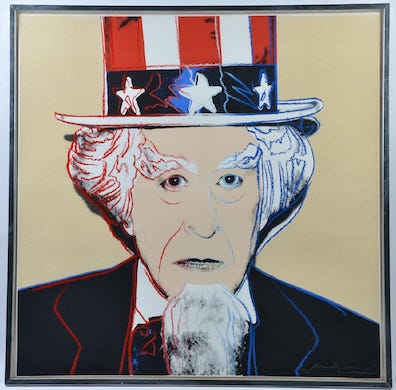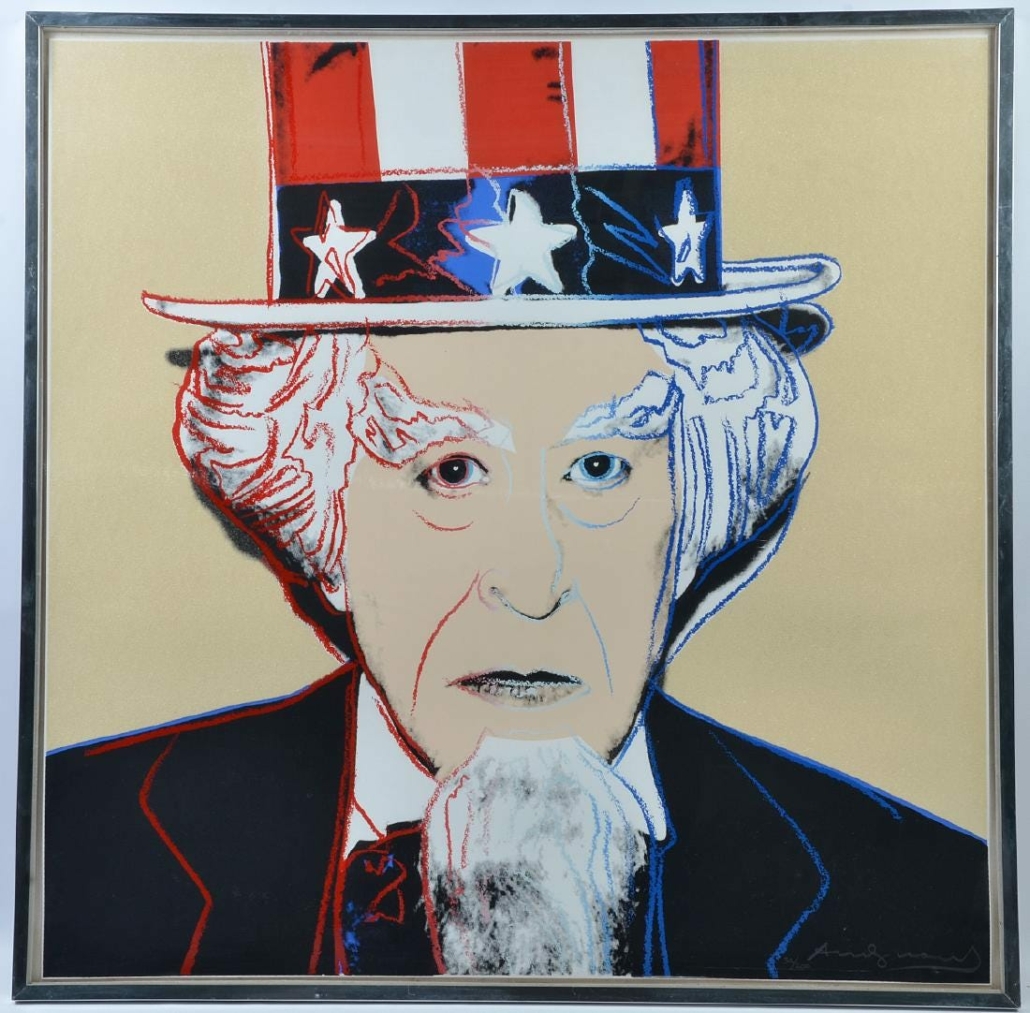
NEW YORK — Holidays in the United States of America range from the secular to the religious. Some are somber, while others revolve around food and convivial celebrations. The quintessential American holiday, of course, is Independence Day, aka the Fourth of July, which typically means fireworks, parties with family and friends, food, and even parades.
Historically, the eagle has symbolized the USA, but you would be hard pressed to find a more iconic representative than Uncle Sam, that cartoonish figure of a tall statesman-like man with long white hair. He is typically depicted wearing a tall hat, colored red or blue or sometimes both, along with a blue swallow-tailed jacket, blue vest, and red and white striped pants. Sometimes the hat or the vest is decorated with stars.
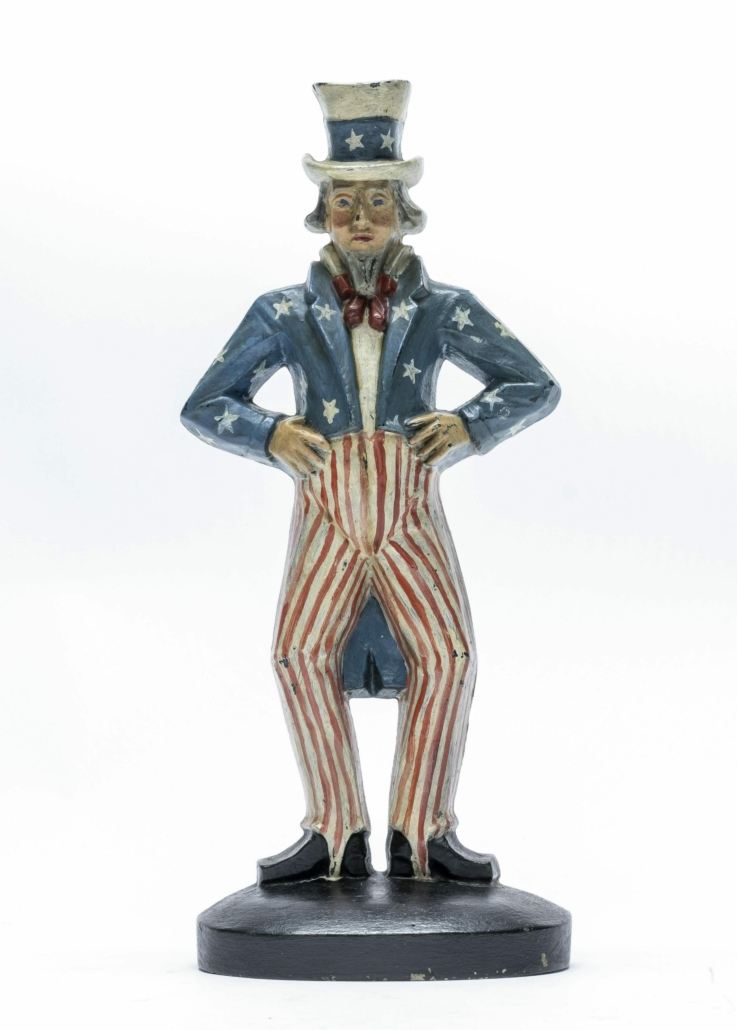
The classic World War I-era poster with Uncle Sam sternly pointing his finger at the viewer to implore young men to join the war effort was created by renowned illustrator James Montgomery Flagg. The image debuted on the cover of Leslie’s Weekly magazine on July 6, 1916, and was later famously used by the U.S. Army to drive its recruiting efforts. According to Time magazine, more than four million copies of the poster were printed between 1917 and 1918.
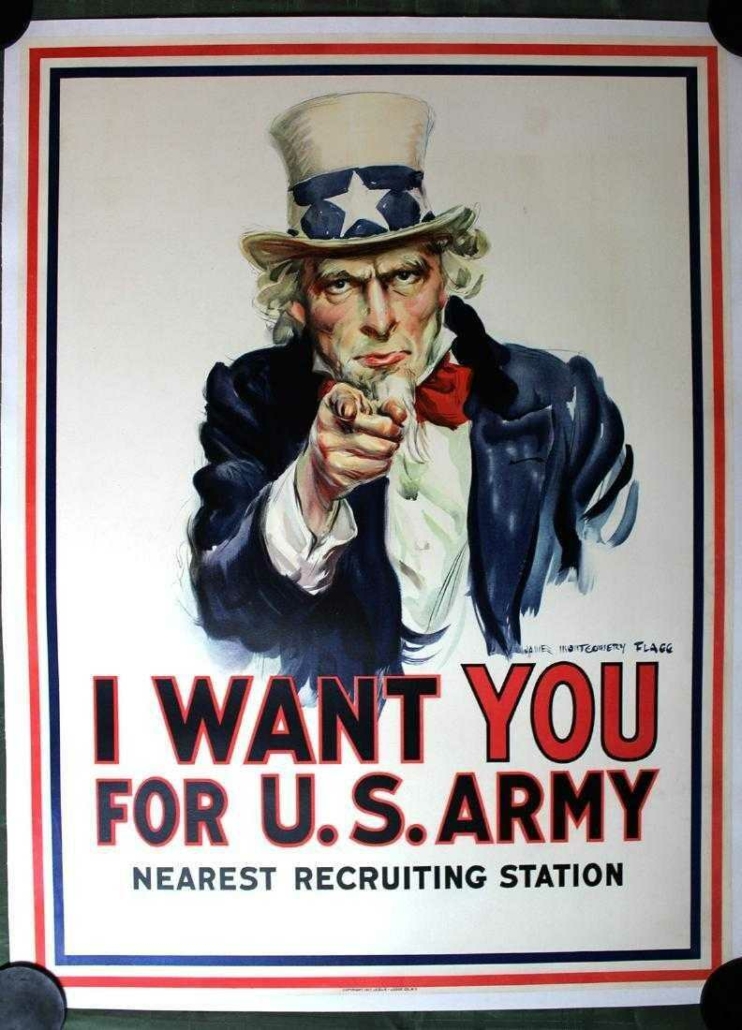
However, that James Montgomery Flagg image merely codified the modern appearance of Uncle Sam; it did not reflect the character’s origin. For that, we need to go back to a story from the 1800s that claims a meatpacker-businessman in Troy, New York named Samuel Wilson was the inspiration. According to Brittanica.com, Wilson supplied the Army with barrels of beef that he stamped with the legend “U.S.” to indicate they were government property during the War of 1812. That gesture, and Wilson’s nickname, Uncle Sam, given to him by locals and the soldiers he helped feed, merged with the use of U.S. as initials, leading Uncle Sam to become a symbol for the country. In September 1961, the U.S. Congress issued a proclamation declaring Samuel Wilson as “the progenitor of America’s national symbol of Uncle Sam.”

Uncle Sam’s appearance has changed slightly over the years. Reportedly, he took his look from two earlier figures in American literature and folklore: Yankee Doodle and Brother Jonathan, a tall, plain-dressed man known for his cunning ways, who at one time was the emblem of New England. Uncle Sam also bears some similarities to President Lincoln.
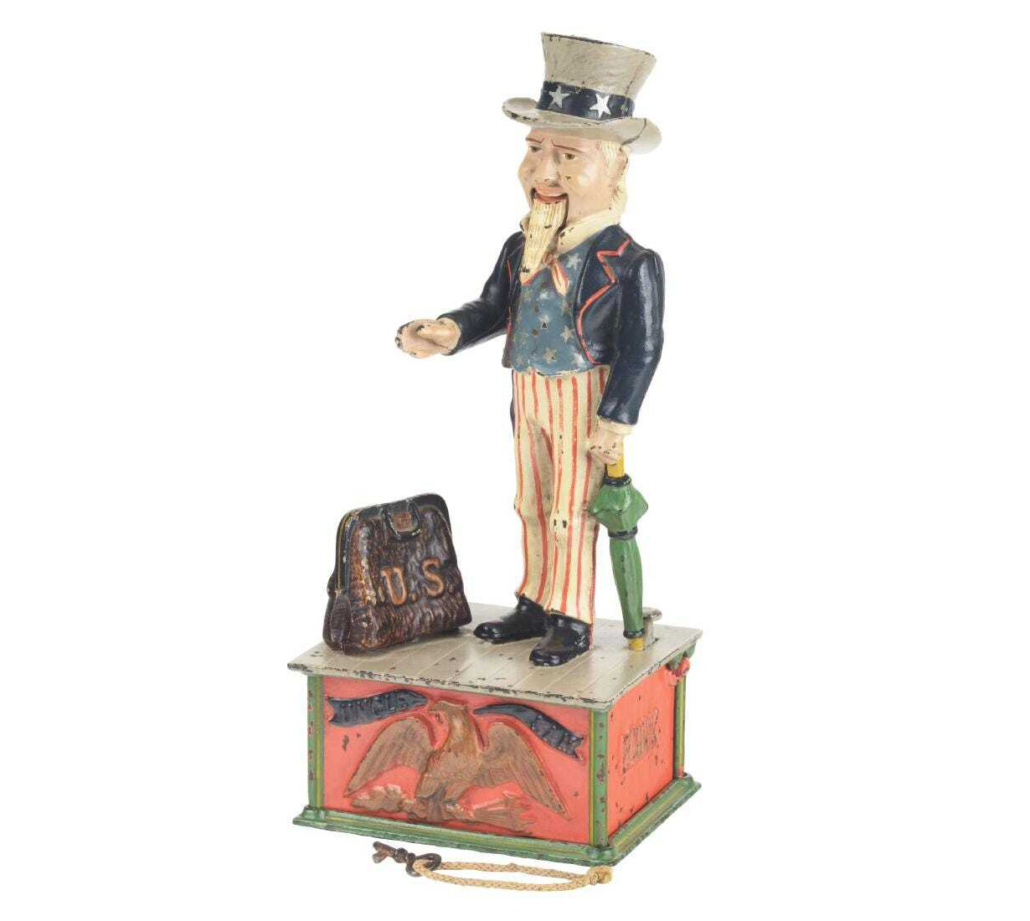
Cartoonists such as Sir John Tenniel and John Leech of the British humor magazine Punch paved the way for the evolution of Uncle Sam into a bewhiskered tall and slender man wearing patriotic garb. But it was renowned American illustrator Thomas Nast who really cemented Uncle Sam as an American symbol in numerous cartoons and illustrations. In his November 1869 illustration, “Uncle Sam’s Thanksgiving Dinner,” for Harper’s Weekly, Nast depicted Uncle Sam at the head of the table, serving dinner to a group of guests who hailed from range of different countries. In the corners of his illustration are the phrases, “Come One Come All” and “Free and Equal.” Nast honed his image of Uncle Sam until he ultimately gave him a white beard and the patriotic outfit that is now emblematic of the character.
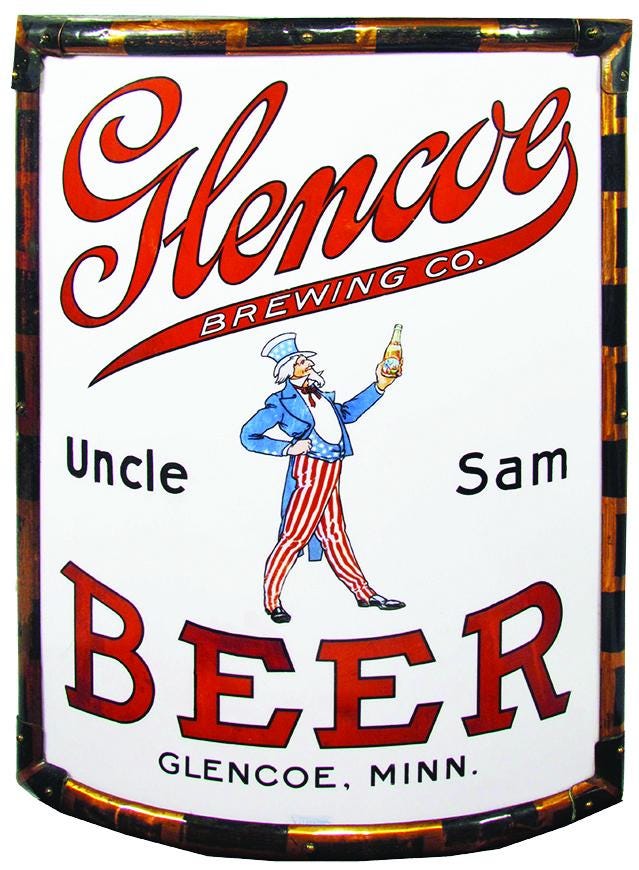
Uncle Sam imagery has transcended use on military posters and illustrations to decorate all manner of collectibles from mechanical banks, cookie jars, and doorstops to toys and beverage containers. He has also featured in advertising for more than 100 years, hawking everything from soaps and cereals to car insurance and overalls. In 1976, the bottlers of 7-Up soda released a Bicentennial series of 50 7-Up soda cans designed to form an image of Uncle Sam when they were stacked in a tower in a certain order. Uncle Sam also shilled for harder beverages on occasion: An Uncle Sam’s Monogram Whiskey tin sign sold in October 2017 for $21,000 plus the buyer’s premium at Showtime Auction Services.
While Uncle Sam’s dominance as a motif began to wane in the postwar years, his status as a symbol of freedom and a national icon endures. Patriotic collectors can still find many Uncle Sam items to suit all budgets and collecting interests. Early cast iron items are some of the most valuable, but posters, especially original World War I-era I Want You Army posters, have held their value.


